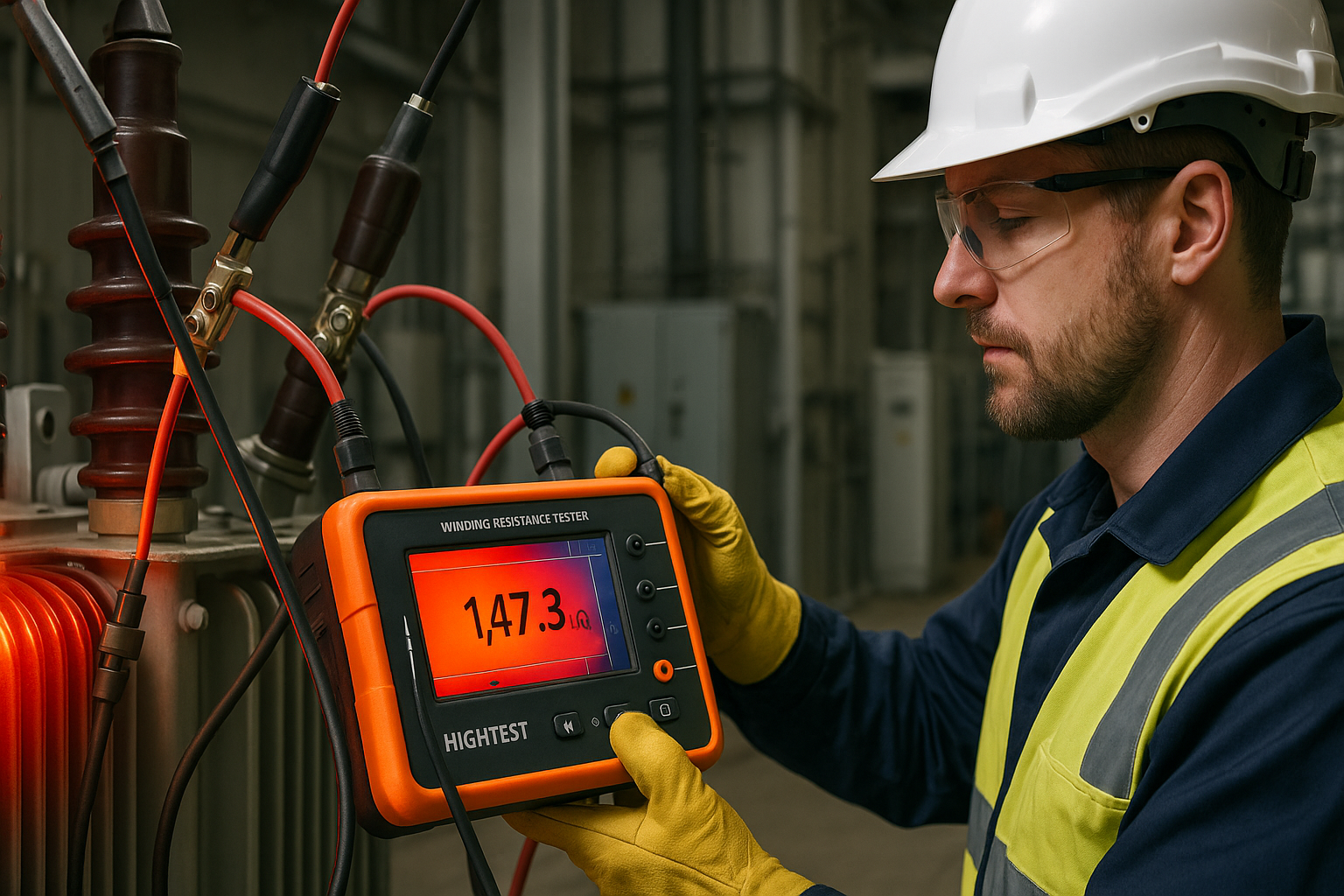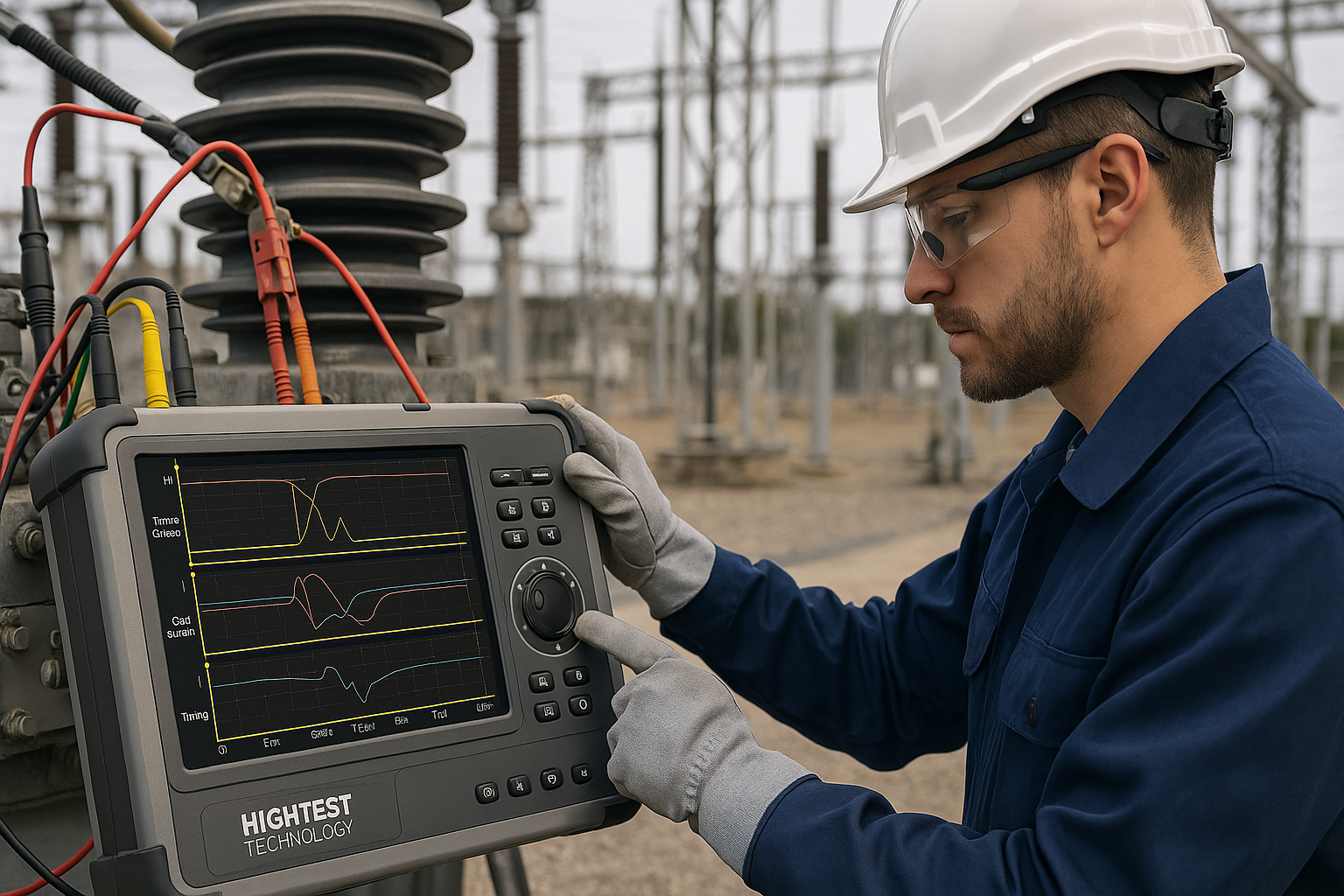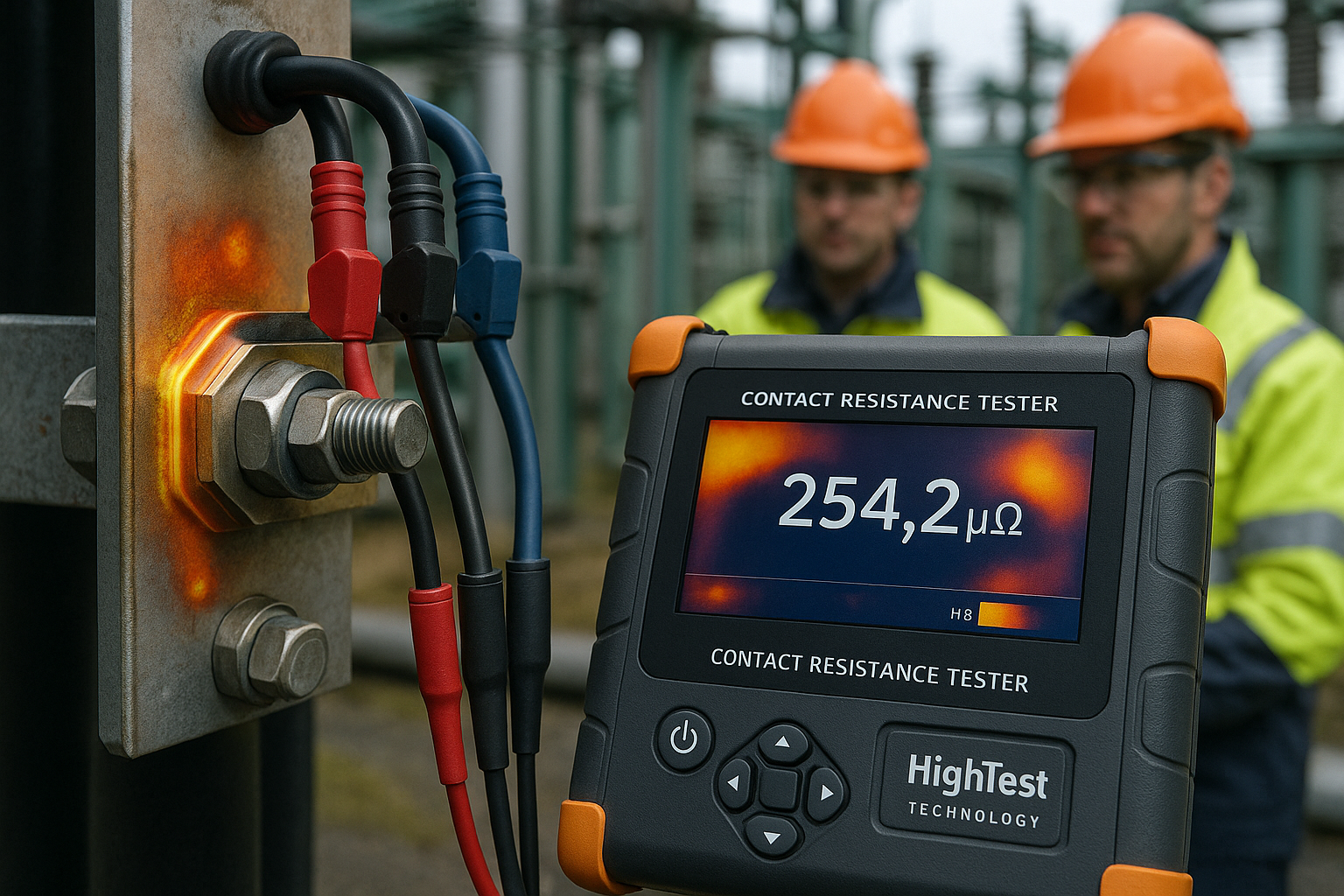While TTR tests are essential, they don’t tell the whole story of a transformer’s internal condition. To truly assess its health, one must measure the DC resistance of its windings. This fundamental test provides invaluable insights into the transformer’s core structure, revealing problems that other tests might miss, such as broken conductor strands, loose internal connections, or high-resistance joints in the tap changer.
A winding resistance measurement is performed by passing a known DC current through the winding and measuring the resulting voltage drop. A clean, properly torqued winding will show a very low, stable resistance value. Any deviation or instability in these readings is a clear red flag, indicating potential degradation that could lead to localized overheating and eventual failure. For accurate diagnostics, it’s also critical to record the temperature, as resistance values must be corrected to a standard temperature for reliable trend analysis.
To perform this vital measurement accurately, a specialized Winding Resistance Tester is non-negotiable. These devices are engineered to provide a stable, ripple-free current and utilize a fast demagnetization process, ensuring that test times are short and results are precise. Regularly monitoring winding resistance is a cornerstone of any effective transformer maintenance program.







